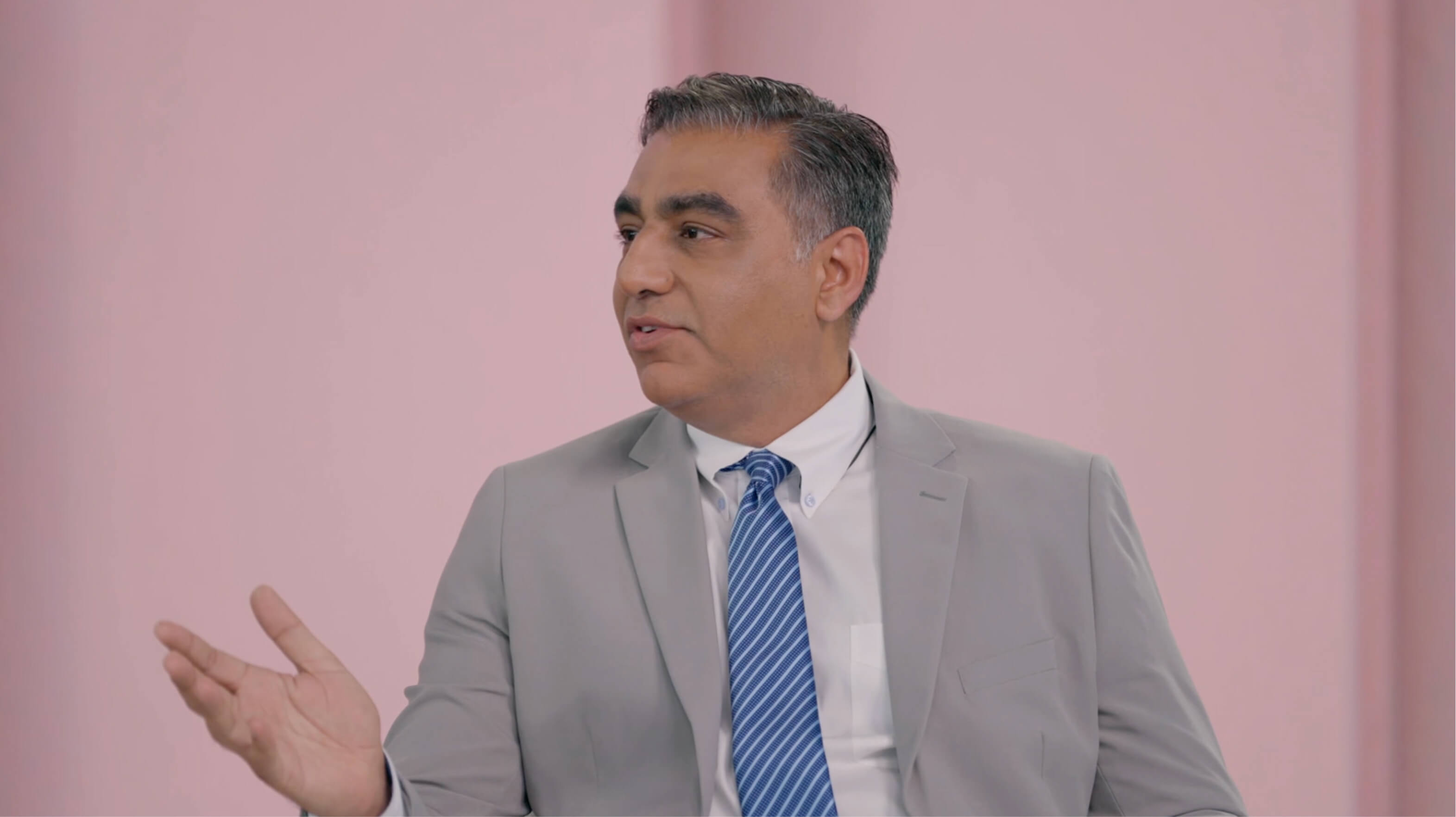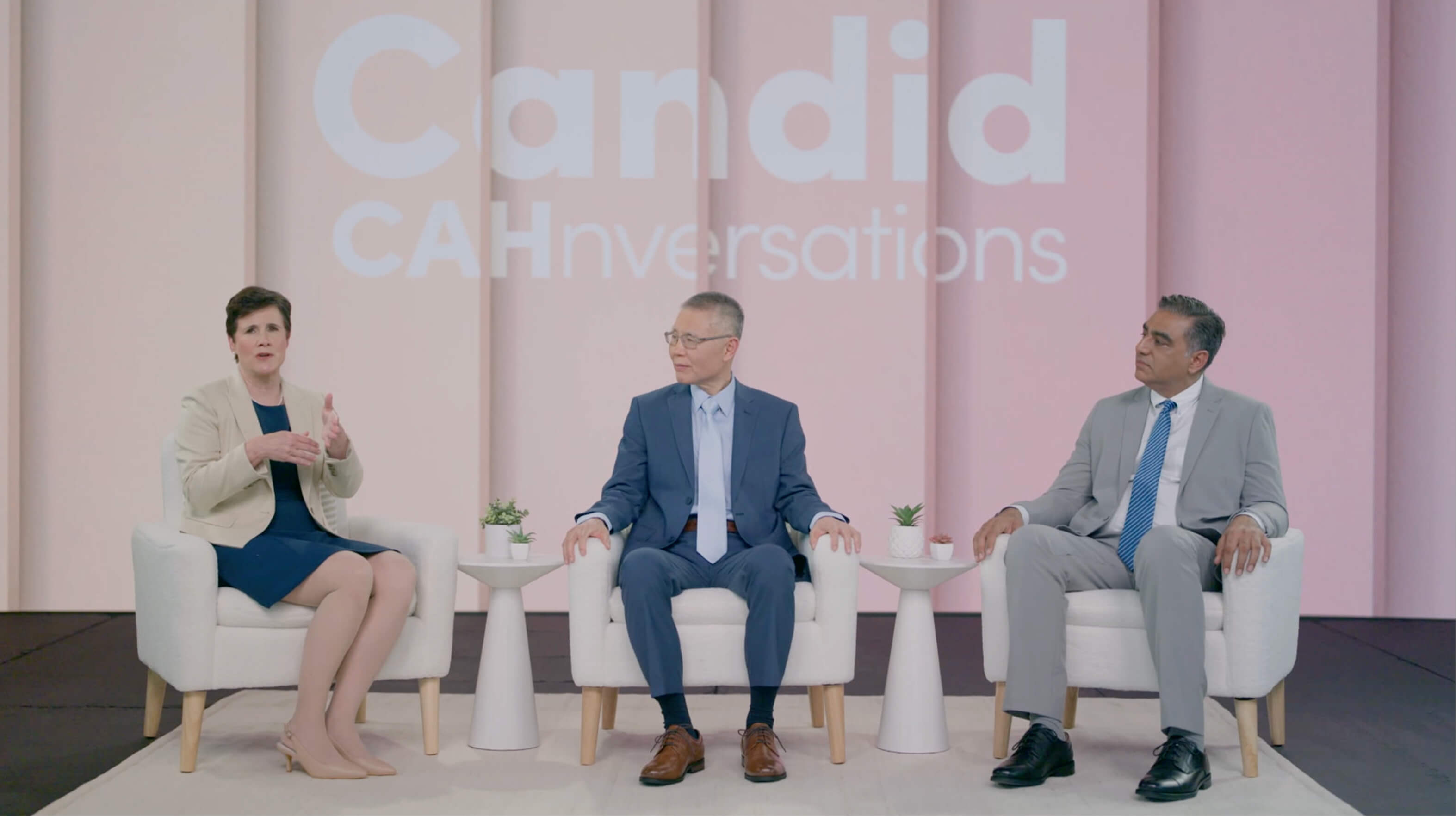Hear directly from endocrinologists and patients about their CRENESSITY experience
Meet 3 CAH specialists
These providers talk about the challenges of treating CAH and their recent experiences prescribing CRENESSITY.
Select an endocrinologist’s image to learn more.
A lot of patients do come in, and they say, ‘Hey, what about this drug?’ This is an exciting opportunity to be able to give them something different, which we didn’t have before.”
A lot of patients do come in, and they say, ‘Hey, what about this drug?’ This is an exciting opportunity to be able to give them something different, which we didn’t have before.”
CANDID CAHNVERSATIONS
Impact of CRENESSITY
These experts discuss the challenges of managing CAH with GCs alone and share how CRENESSITY helps optimize treatment, potentially leading to better patient outcomes.

Candid CAHnversations
Impact of CRENESSITY

Candid CAHnversations
GC Down-Titration

Candid CAHnversations
Who May Benefit From CRENESSITY

Candid CAHnversations
Initiating CRENESSITY
These physicians have been compensated by Neurocrine for sharing their views.
CLINICAL PROFILES FROM THE CAHTALYST™ TRIALS
Kristy & Grant
Kristy shares her son Grant’s experience with CRENESSITY during the clinical trial—and beyond—including how much his androgen levels and GC dose dropped.

Clinical Profiles
Kristy & Grant

Clinical Profiles
Susan

Clinical Profiles
Paul

Clinical Profiles
Liam
Ambassadors were compensated by Neurocrine for sharing their views.
SCIENCE OF CRENESSITY
Mechanism of Action
Watch the video to learn more about how CRENESSITY works in the CRF pathway.




